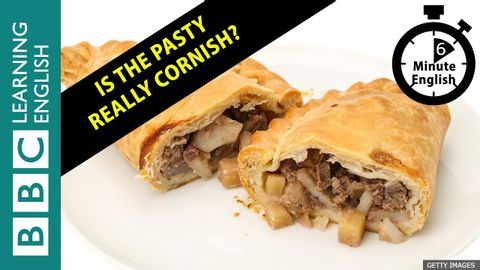
字幕と単語
パスティは本当にコーニッシュ?6分間イングリッシュ (Is the pasty really Cornish? 6 Minute English)
00
林宜悉 が 2021 年 01 月 14 日 に投稿保存
動画の中の単語
spread
US /sprɛd/
・
UK /spred/
- n. (c./u.)食べ物の盛り付け;間隔;パンに塗る(ようにしてのせる)もの;流行;範囲
- v.t./i.広げる : 広がる;広まる;広範囲に散る
- v.t.薄く表面に塗る
- v.i.広がる;人に知られる
A2 初級TOEIC
もっと見る エネルギーを使用
すべての単語を解除
発音・解説・フィルター機能を解除
